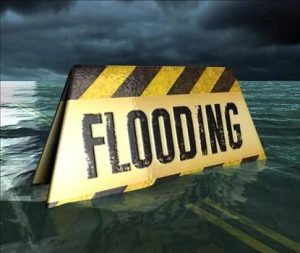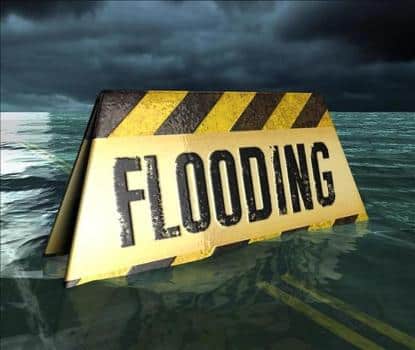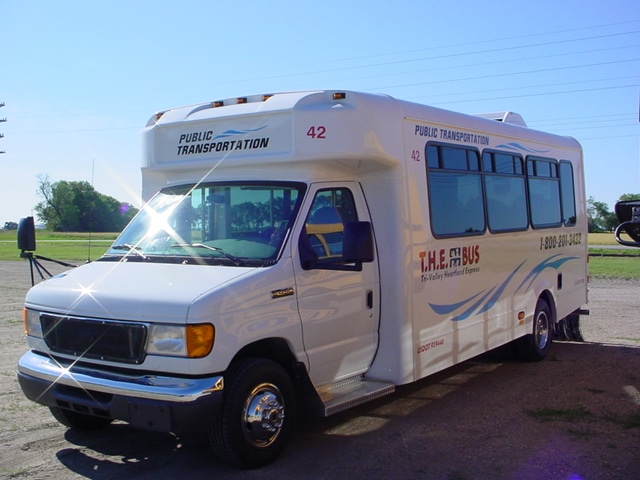The Severe Weather Awareness Week Topic for Wednesday is Floods with Crookston Firefighter Brian Hanson. Hanson gave some yearly statistics regarding floods.
Nationally, floods claim nearly 200 lives each year and force 300,000 people out of their homes. Floods, on average, cause approximately $2 billion in damages. Six out of nine state and federal declared disasters in Minnesota involved some sort of flooding. “About 75% of flash flood deaths occur at night,” said Hanson, “Half of the victims die in automobiles or other vehicles. Many deaths occur when people drive around road barricades that indicate that the road is washed out ahead.”
A Driving safety tip regarding flash floods is “turn around, not drown.” Six inches of fast-moving water cannot over and carry away an adult. However, twelve inches of fast-moving water can carry away a car. 18-24 inches of fast-moving water can carry away an SUV, pick-up, or van.
Floods are one of Minnesota’s most common natural hazards, especially in the spring, with seasonal snowmelt being one of the leading causes of flooding. Thankfully, floods like that tend to develop slowly so that the National Weather Service can warn the public about them, but flash floods can develop quickly due to heavy rains or ice dams breaking due to the warmer weather and wLow-lying areas, or areas by a lake or river, behind a levy, or downstream from a dam, are at a much higher risk than others. When the National Weather Service issues a flood watch or warning, the Crookston Fire Department advises people to be prepared, seek safety by going to higher ground, and avoid flooded roadways.
Tags:





